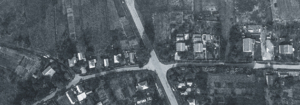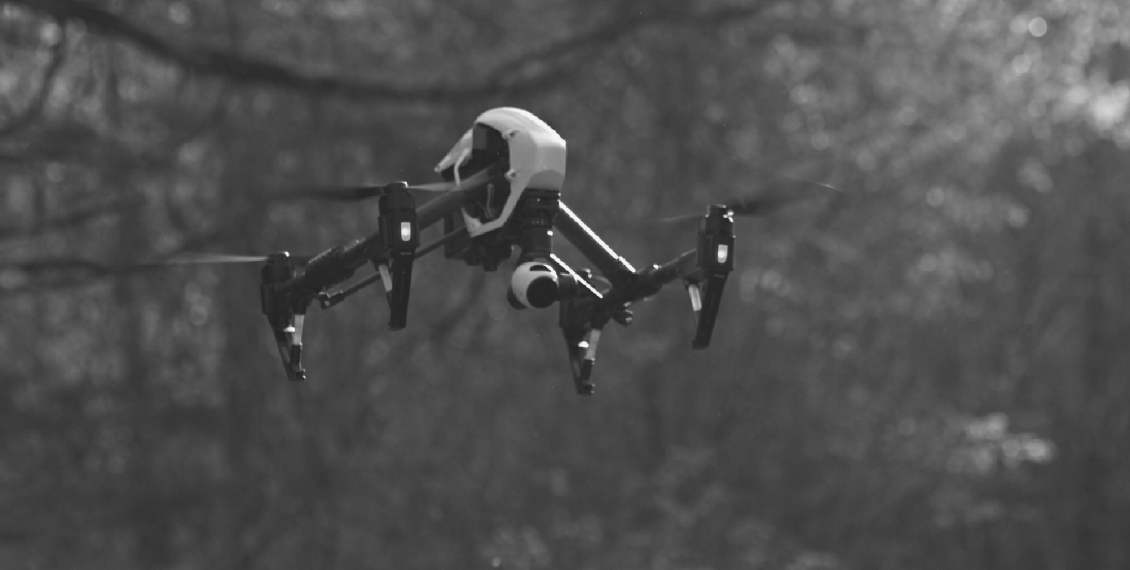Hit The Skies Running!
Hit The Skies Running!

Surpasses D.G.C.A Knowledge Requirements

Offline by Design. For an Engaged & Collaborative Learning Experience

Theory. Piloting Skills. Industry Best-Practices

Surpasses D.G.C.A Knowledge Requirements

Offline by Design. For an Engaged & Collaborative Learning Experience

Theory. Piloting Skills. Industry Best-Practices
Beyond Visual Line of Sight (BVLOS) is the most talked about thing in the drone industry in India. BVLOS has numerous applications and is cost-effective. BVLOS flights are mainly performed in long-distance surveillance, delivery of medical supplies, traffic management, forest management, for monitoring large areas and creating orthophoto maps. At RPAS Aerial Solutions pilots are trained differently to fly BVLOS drones both multirotor and fixed-wing. They need to have theoretical and practical training to obtain a UAVO qualification certificate with the authority to perform BVLOS flights. To acquire a BLVOS certificate it is mandatory to have a drone pilot license (Small Category and above).

Learning Outcomes
- BVLOS has numerous applications and is cost-effective
- BVLOS flights are mainly performed in infrastructure inventory, for monitoring large areas and creating orthophoto maps
- At RPAS Aerial Solutions pilots are trained differently to fly BVLOS drones. You need to have theoretical and practical training to obtain a UAVO qualification certificate with the authority to perform BVLOS flights
- To acquire a BLVOS pilot license it is mandatory that the candidate already has a drone pilot license
The module explains what BVLOS UAVs are all about and types of UVAs of this category. The applications for the BLVOS and its limitations.
The difference between the fixed-wing and the multirotor. Which are the companies who make these aircraft followed by the DGCA rules and meteorology that is important to study for operating the UAV.
- Types of BVLOS Drones
- General Knowledge About Unmanned Aircrafts
- Applications of BVLOS Drones
- Possibilities and Limitations of a UAV Pilot
- Companies Manufacturing BVLOS Drones
- DGCA Rules & Regulations
- Advanced Meteorology
The navigation system and processes for the unmanned operations and the SOPs that go with it will be studied. We would also take a look at flight operations, planning and performance for multi-rotor and fixed wing crafts. We will also look at the rules that govern air space and the colour zones. We will also look at and interpret images captured by the drone.
- Navigation on Unmanned Flights
- Operational Procedures
- Flight Performance and Planning
- Flight Rules
- Flight Zones
- Air Space and its Use
- Video Images and Interpretation
Here we will look at the various safety features that are available with the craft along with the various situations that can arise and how to handle them. Importance of communication with ATC and the software that is used onboard the fixed-wing and the multirotor. The emergency and recovery methods for the multi-rotor and the fixed-wing.
- Safety, Emergency Situations and Procedures
- Radio Telephony
- Software
For this module, we take care of the safety management systems of the fixed-wing and the multi-rotor aircraft as well as the human element. The integration of man and machine is critical to the success of the operation. One of the critical aspects of BVLOS flying is using instruments to do so and that is a critical aspect during flight.
- Safety Management Systems
- Human Aspects and Safety
- Instrument Flying
BVLOS flying is all about navigation and flying safely as per the flight plan and prerequisite settings. Navigating and changing course during flight as per need due to weather or light conditions. This critical aspect of flying is then taken on to the simulator or what is known as Synthetic flights on a multirotor.
- Navigation
- Simulator Flying ( Synthetic Flights)
This day would be focused on flying on the Multi-rotor simulator putting all the learning that was done theoretically. A continuation of flying on the fixed-wing simulator putting all the learning will be done theoretically under the guidance of the instructor.
- Simulator Flying ( Synthetic Flights)
Here the flying will be on the real Multi-rotor craft where all the knowledge will be put to test under the supervision of the instructor.
- Solo Flying on the multirotor
Nine days of learning crunched into a half day paper test and evaluations.
Certification
Final Handshake
Exit Learning Review

